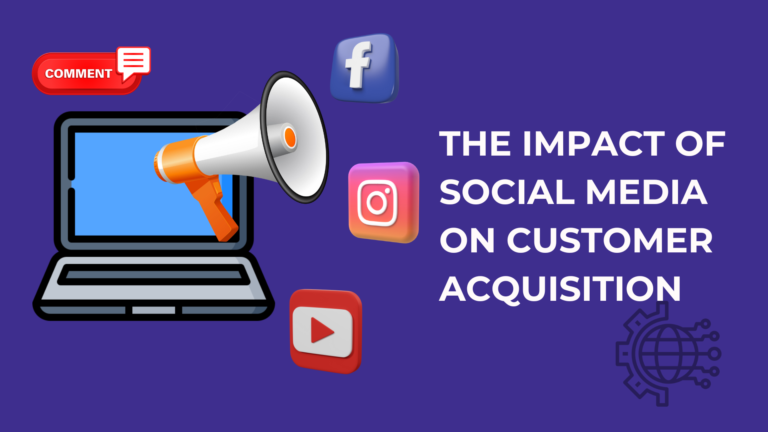Date of publication:
26 Apr. 24What is Effective Storytelling: The Power of Stories in Marketing
In marketing, a variety of strategies and a vast array of tools are utilized. Among them is skillful storytelling, also known as storytelling. This tool helps effectively present the company’s values and its product to the target audience through narratives on various topics, strengthening trust in the brand, building and reinforcing emotional connections, shaping the company’s image, and consequently increasing sales. The power of storytelling in marketing is leveraged in creating advertisements, videos, blogs, or sales articles. Through storytelling, a company’s story can be creatively told, introducing the nuances of product development.
The Reasons For The Effectiveness Of Storytelling And Its Impact On The Audience
Experts claim that fleeting information fades from memory within 72 hours. However, this does not apply to stories. At a scientific level, storytelling techniques are recognized as the most effective. Studies have shown that the human brain best perceives stories. This is because people have transmitted skills and experiences through storytelling for centuries.
When a story evokes emotions in a person, dopamine is released into their bloodstream at a physiological level. Dopamine is a hormone responsible for memory and information processing. A story that evokes feelings and emotions stays in memory. This is the main reason for its memorability. Stories are remembered more easily than numbers and facts. A well-crafted and told story can keep a brand in consumers’ minds for a long time.
Why Storytelling Is Of Great Importance In Marketing
The strategic value of storytelling is hard to overestimate. For several reasons, it plays a crucial role in marketing. First and foremost, storytelling has a strong emotional impact on the listener, allowing for a strong emotional response. This creates deep emotional engagement with the audience, increasing brand involvement and memorability.
By telling stories, a brand can create a “human face,” as storytelling about people, their values, and experiences creates a sense of the brand’s accessibility and humanity. Overall, the ability to create compelling storytelling and convey it to the target audience not only helps to talk about a product or service but also creates a unique experience for consumers, ultimately strengthening the brand and increasing sales.
How Storytelling Affects Brand Promotion
In marketing, storytelling has a significant impact on brand differentiation. This strategy helps to stand out among competitors by shaping a unique brand image and character. The strategy of telling unconventional stories, as a tool for revealing the company’s values and beliefs, attracts millennials and other consumer groups who actively support companies sharing their values.
Furthermore, a well-crafted story following all the “genre rules” can maintain long-term attention to the company. A strategic step in maintaining audience interest over a long period would be to create a series of narratives that create a sense of continuous interaction.
How to Create an Effective Narrative: Target Audience
Assuming that any invented and narrated story, even with a gripping plot, will achieve its goals and increase sales would be a mistake. To achieve the desired effect, apart from defining goals, it is necessary to understand the target audience, make the story realistic, outline the conflict, and ways to resolve it. Therefore, a selling and promoting narrative that forms long-term emotional connections and maintains trusting relationships with customers can be created by adhering to certain rules.
It is essential to focus on the needs of the target audience, for which it is necessary to conduct an analysis. A collective portrait of a potential client will help choose optimal story themes. It is important for people to find similarities with their own lives, to recognize themselves in the story—this ensures audience interest and engagement.
Compelling Story: Structure and Truthfulness of Dialogues
When creating a story aimed at achieving marketing goals, it is necessary to structure it and determine the plot. There is nothing new in this; it’s all like in a regular narrative work—beginning, development of action, conclusion. However, storytelling, if necessary, allows deviation from the usual algorithm. For example, the resolution may be presented at the beginning, and then the development of events—the beginning, so that it becomes clear how everything started.
It is not necessary for the story to be real. However, the communication between the characters should be as close to the truth as possible—the phrases and words in the dialogues should be characteristic of the social status, profession, and age of the characters.
“Yes” to Empathy, “No” to Direct Advertising
An essential element of quality storytelling is the presence of an emotional component. Without it, there is no point in expecting the audience’s attention. However, it is necessary to strike a balance and not overdo it with sensations and sentimental moments. Otherwise, instead of a gripping story, one might end up with the effect of tabloid press.
It is also important for the characters to resemble the portrait of the potential client. Then the audience will be interested in observing the characters and empathizing with them. In this case, the story will definitely hit the mark. Even if the hero significantly differs from the collective portrait of the target audience, they must still have at least some common traits.
Furthermore, there should be no direct advertising in the narrative, as traditional norms are not suitable for storytelling. For example, the entire narrative concept can be undermined by a call to action at the end. When such tactics are used, the target audience may feel deceived rather than emotional. If this message is included, it should be subtle and disguised.
Techniques for Creating Effective Stories
In addition to following certain rules for creating engaging stories, it is necessary to apply the correct storytelling techniques. These include:
- Monomyth a situation where the hero learns a significant life lesson or gains valuable experience.
- Petals a technique commonly used in journalism where several additional stories are created around a specific issue.
- Sparklines a technique often used in marketing based on comparing the before and after situation.
- False Start a technique commonly used in advertising where the narrative unexpectedly pauses during the story and then resumes.
How to Properly Format Storytelling
In addition to creation norms, there are also rules for formatting stories. To achieve a desired outcome, such as an effective story that brings the desired result, one should:
- Maintain a consistent style in formatting, choosing an appropriate font, size, color scheme, and strategically placing accents to achieve harmony in presentation.
- Embrace interactivity, as modern internet users prioritize interaction with content. Adding interactive components such as quizzes, diagrams, clickable elements, and 3D figures enhances engagement.
- Visualize content, as people today prefer watching over listening or reading. Video content can be consumed concurrently with other tasks, making it easier to perceive and remember, thus facilitating audience engagement.
Where Storytelling Can Be Used
Versatility is the main characteristic of this tool. It can be used, for example:
- In email campaigns: well-crafted emails with a story are interesting to readers and motivate them to read to the end, thus avoiding “banner blindness.”
- On websites: this format can be used to tell about a company or event using interactive content instead of plain text, surely attracting more readers.
- In webinars, live broadcasts, and live presentations: such delivery can rightfully be considered the precursor of storytelling in the business sphere because information conveyed through storytelling better reaches listeners and prompts them to take action. In modern webinars, parables, anecdotes, and stories are used alongside the main information on the topic for this very reason.
The storytelling format, albeit in a condensed version, is often observed on street banners. The first advertising element contains a question, while the second one provides the answer.
Storytelling in Marketing – A Business Promotion Tool
Storytelling in marketing is a powerful psychological weapon whose effectiveness has been repeatedly proven. It can be used in almost all business niches, except perhaps the financial or legal spheres, which require conciseness. There are numerous techniques and formats, and by choosing and using them correctly, it is possible to advertise a brand or product delicately, without causing negativity among the audience, and lead the audience to the desired action. Properly crafted and formatted stories will:
- Showcase the benefits of purchasing a product through memorable imagery.
- Improve the brand’s reputation and change perceptions for the better.
- Foster trust among customers through relevant associations.
Moreover, this tool contributes to business development in highly competitive conditions and even when other marketing strategies are ineffective. This is because storytelling works by creating pleasant associations and emotions, without resorting to aggressive and already irritating advertising. To make the tool work effectively, it needs to be created correctly and applied skillfully.



